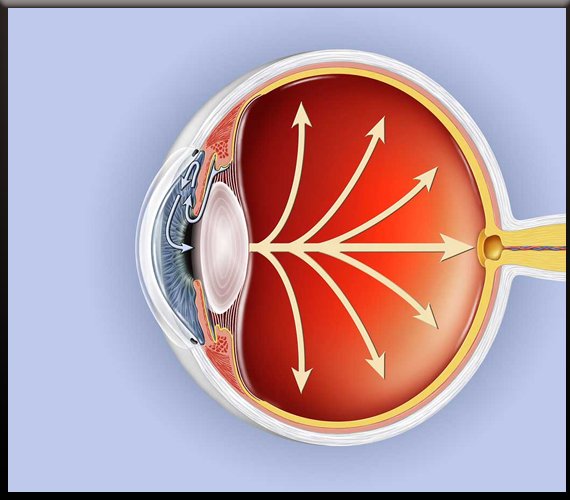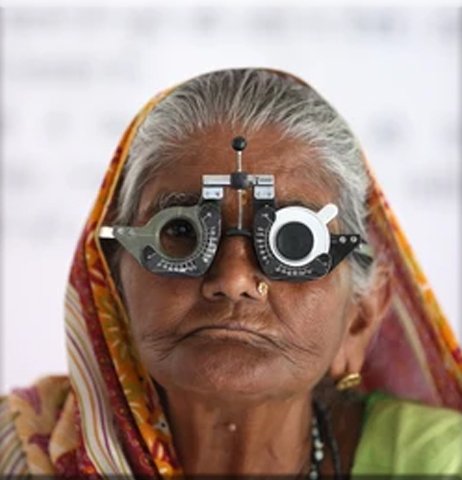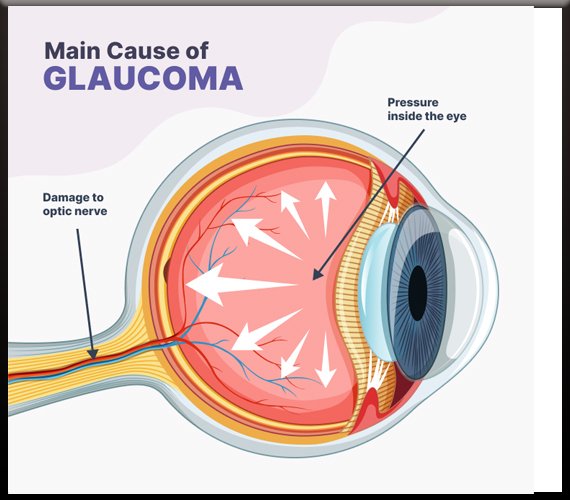

What age can glaucoma start?
Glaucoma is a group of eye conditions that can lead to optic nerve damage and vision loss. It's often associated with increased pressure within the eye, known as intraocular pressure, but it can also occur with normal or even low intraocular pressure. Glaucoma is typically considered a disease of older adults, but it can develop at any age, from infancy to old age.
In adults, primary open-angle glaucoma (POAG), the most common form of glaucoma, usually begins after the age of 40, although it becomes more prevalent with increasing age. However, it's essential to note that glaucoma can also affect younger individuals. For instance, angle-closure glaucoma, a less common form, can occur suddenly and is more prevalent in people of Asian descent and those with a family history of the condition. This type of glaucoma can manifest at any age, including in childhood or early adulthood.
Juvenile open-angle glaucoma, another subtype, typically presents in individuals under the age of 35. It's a rare form of glaucoma characterized by high intraocular pressure and optic nerve damage. This condition often has a genetic component, meaning it can run in families.
Congenital glaucoma is a rare but potentially serious condition present at birth or within the first few years of life. It occurs due to improper development of the eye's drainage system during fetal development. Babies with congenital glaucoma may have enlarged eyes, excessive tearing, light sensitivity, and cloudy corneas. Without prompt treatment, congenital glaucoma can lead to permanent vision loss.
Glaucoma in children and young adults is less common than in older adults, but it's crucial to diagnose and treat it early to prevent vision loss. Pediatric glaucoma, including juvenile open-angle and congenital glaucoma, requires specialized care from ophthalmologists experienced in treating young patients.
while glaucoma is more commonly associated with older age, it can occur at any stage of life, from infancy to old age. Awareness of the different types of glaucoma and their potential onset ages is essential for early detection and management to preserve vision and maintain eye health across all age groups.



Frequently Asked Questions
Choose Jain Eye Hospital for expert eye care. With cutting-edge technology and compassionate specialists, we ensure optimal vision health for you and your loved ones.
Over time, cataracts will harm your vision. Cataract surgery can bring back your vision. However, a possible complication of cataract surgery is an "after-cataract." An "after-cataract" happens when part of the natural lens that is purposely not taken out during cataract surgery becomes cloudy and blurs your eyesight.
How painful is cataract surgery? Most people feel little or no pain during or after cataract surgery. You'll receive a topical anesthetic (eye drops) to numb your eye during the surgery. Shortly after surgery, your eye may feel gritty or slightly tender, but over-the-counter pain medicine should improve this.
Many factors can induce inflammation of ocular surface, including DED, pathogens, and allergic reactions. Acute inflammation is usually beneficial, as it promotes the process of healing. But chronic inflammation may result in cell damage or even cell death.
Diagnosis and treatment of inflammatory eye diseases are important. They can cause permanent damage to the eyes and vision loss that cannot be reversed. If you notice any of the signs or symptoms of inflammatory eye disease, make an appointment to see your eye doctor right away for a complete eye exam.
We are the best
Welcome to Jain Eye Hospital, where your vision is our priority. With a legacy of excellence spanning over three decades, we are committed to providing world-class eye care services with compassion, expertise, and cutting-edge technology.
- expert in eye care.
- State-of-the-art facilities.
- Comprehensive services.
- Patient-centered approach.
Our Services


Diabetic Retinopathy Management
Such as photocoagulation or panretinal photocoagulation, halts blood and fluid leakage and shrinks abnormal vessels in the eye.
Read More
Ocular Inflammation
Ocular inflammation is inflammation of the eye, which can be caused by many factors, including pathogens, allergic reactions, and DED.
Read More
Visual Field Analysis
A visual field test, also known as a perimetry test, is a painless eye exam that measures the area of vision and how sensitive it is in different parts.It can detect blind spots in your vision.
Read MoreWe are available 24/7
We are Always Ready For A Challenge.
Satisfied Patients
Patient satisfaction is an attitude. Though it does not ensure that the patient will remain loyal to the doctor or the hospital, it is still a strong.
Awards
Highly skilled medical professionals offering specialized care and advanced treatment modalities.


Can glaucoma be stopped?
Glaucoma, a group of eye conditions that damage the optic nerve, is one of the leading causes of irreversible blindness worldwide. While it cannot be cured, early detection and treatment can significantly slow its progression and prevent vision loss. The goal of treatment is to control intraocular pressure (IOP), as elevated pressure is a major risk factor for glaucoma progression.
There are several approaches to managing glaucoma, including medications, laser therapy, and surgery. Eye drops are often the first line of treatment, aiming to reduce IOP by either decreasing the production of aqueous humor or increasing its outflow. These medications must be used consistently to maintain their efficacy. However, some patients may experience side effects or find it challenging to adhere to the prescribed regimen.
Laser therapy, such as selective laser trabeculoplasty (SLT) or laser peripheral iridotomy (LPI), is another option. SLT targets the trabecular
meshwork, increasing fluid outflow and lowering IOP, while LPI creates a small hole in the iris to improve drainage. These procedures are relatively quick and can be effective in lowering IOP, but their effects may diminish over time, requiring retreatment.
In cases where medications and laser therapy are ineffective or not well-tolerated, surgical intervention may be necessary. Trabeculectomy, one of the most common surgical procedures for glaucoma, involves creating a new drainage channel to reduce IOP. While effective, surgery carries risks such as infection, bleeding, and cataract formation.
Recent advancements in glaucoma management have introduced minimally invasive glaucoma surgeries (MIGS), which aim to reduce IOP with fewer complications and quicker recovery times compared to traditional surgeries. MIGS procedures typically involve implanting small devices to improve aqueous humor outflow or create alternative drainage pathways. While MIGS may be suitable for certain patients, they may not provide sufficient IOP reduction for more advanced cases.
In addition to medical and surgical interventions, lifestyle modifications can play a crucial role in managing glaucoma. These may include maintaining a healthy weight, avoiding activities that increase intraocular pressure (such as heavy lifting or certain yoga poses), and protecting the eyes from injury.
Regular monitoring is essential for individuals with glaucoma to track disease progression and treatment effectiveness. This typically involves regular visits to an ophthalmologist for comprehensive eye exams, including measurement of IOP, assessment of the optic nerve, and visual field testing.
While glaucoma cannot be cured, timely intervention and appropriate management can help preserve vision and maintain quality of life for those affected by the condition. Through a combination of medical treatment, surgical intervention, and lifestyle modifications, the progression of glaucoma can be slowed, and vision loss minimized. Early detection remains paramount, underscoring the importance of routine eye exams for everyone, especially those at higher risk due to age, family history, or other factors.


